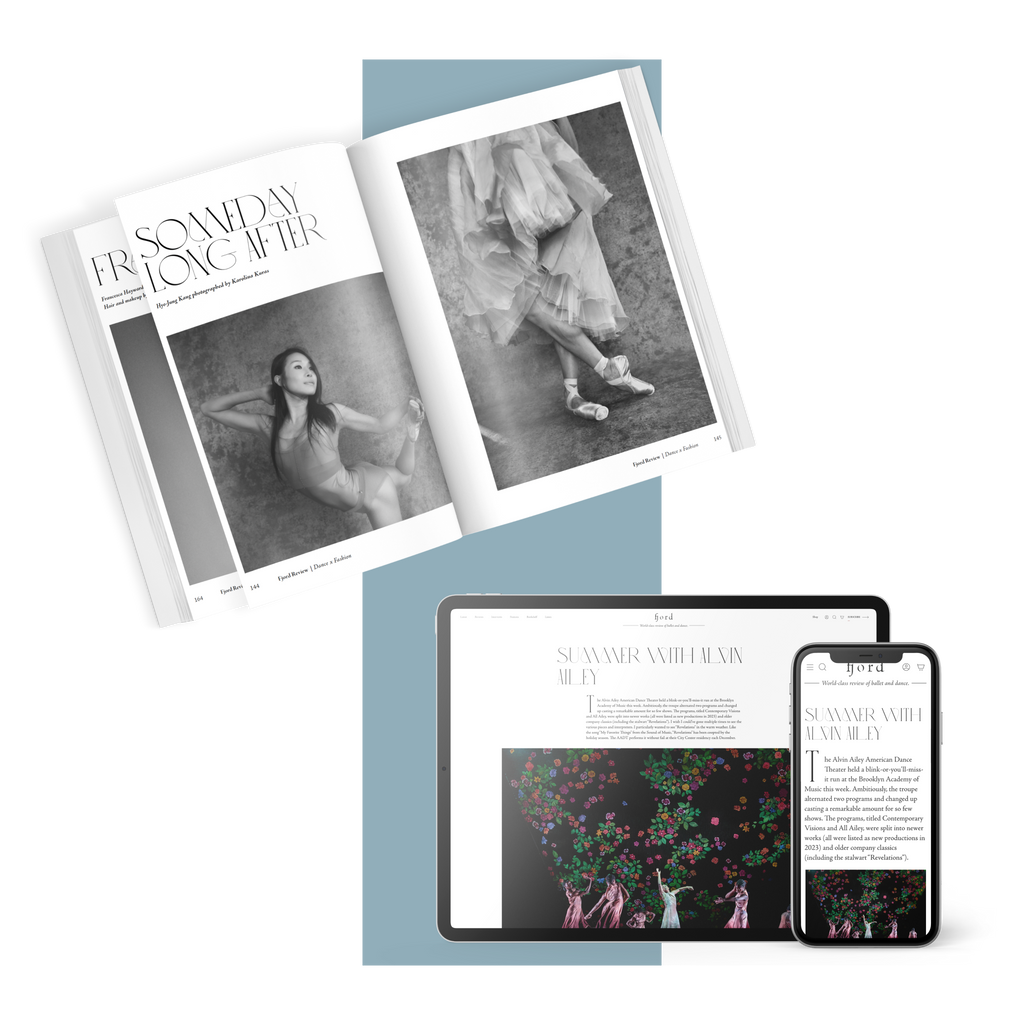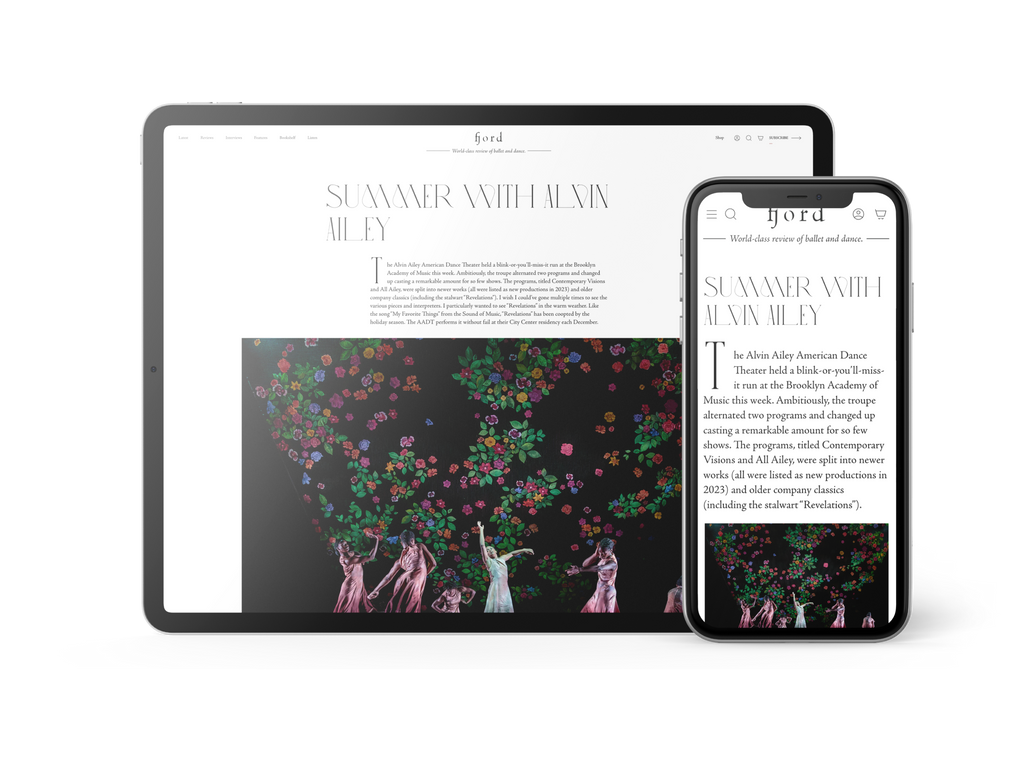Wish Come True
The Japan Society continued its Yukio Mishima Centennial Series with a newly commissioned dance work titled “The Seven Bridges (Hashi-zukushi)” based on Yukio Mishima’s short story by that name originally published in 1956.
Plus
World-class review of ballet and dance.
Wings have long held a special significance in ballet. In “Swan Lake,” Odette’s feathery port de bras become a devastating symbol of her captivity; in “La Sylphide” the titular sylph loses her wings, and her life, in an ill-fated embrace. Annabelle Lopez Ochoa’s “Broken Wings” is one of the latest ballets to harness this freighted imagery, albeit more loosely. Created in 2016 for English National Ballet and reprised as part of ENB’s new “She Persisted” bill, the production is a vibrant tribute to the painter Frida Kahlo, capturing the existential heartbreak she suffered when a bus crash at the age of 18 decimated her health, and along with it her dream of becoming a doctor. Over the course of Ochoa’s half-hour piece, Frida finds new ways into identity, femininity, love and art, eventually recovering the wings she thought had been clipped forever.
Performance
Place
Words

Katja Khaniukova as Frida with English National Ballet in Annabelle Lopez Ochoa's “Broken Wings.” Photograph by Laurent Liotardo


“Uncommonly intelligent, substantial coverage.”
Your weekly source for world-class dance reviews, interviews, articles, and more.
Already a paid subscriber? Login
The Japan Society continued its Yukio Mishima Centennial Series with a newly commissioned dance work titled “The Seven Bridges (Hashi-zukushi)” based on Yukio Mishima’s short story by that name originally published in 1956.
PlusLondon is a changed city this week. The cold front has come, and daylight hours have plummeted. The city is rammed with tourists, buskers, and shoppers.
PlusThe Royal Ballet’s new restaging of “Everywhere We Go”—the Sufjan Stevens-scored ballet that secured Justin Peck his appointment as resident choreographer at New York City Ballet in 2014—challenges the company’s dancers to adopt a specifically American brand of pizzazz.
PlusQuadrophenia is about young men . . . and I do weep for young men still, because we are still struggling,” Pete Townshend—80 years old—playfully told Stephen Colbert while promoting the latest incarnation of the Who’s 1973 rock opera and 1979 film: “Quadrophenia: A Rock Ballet,” which ran last weekend at City Center.
Plus
comments